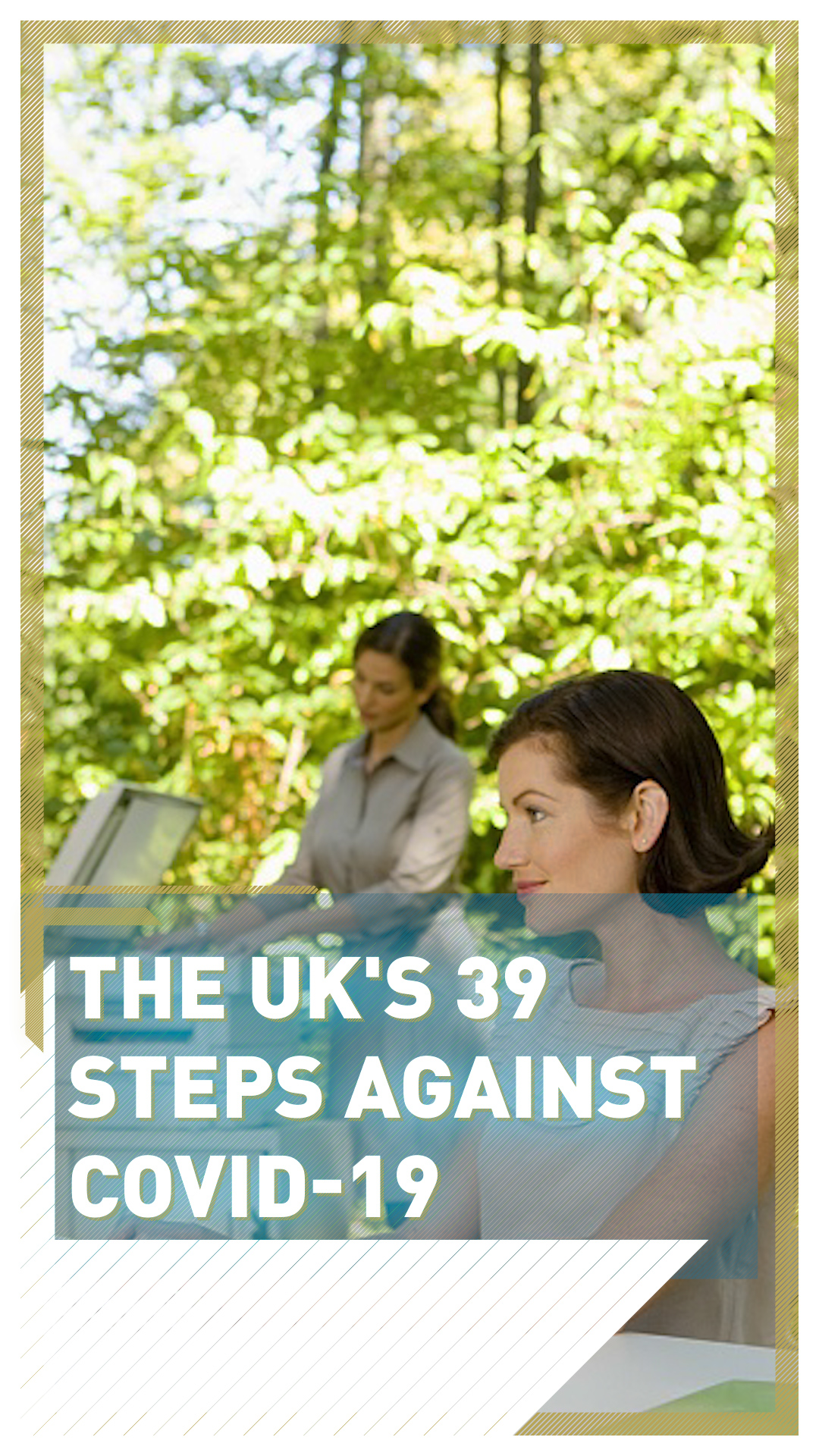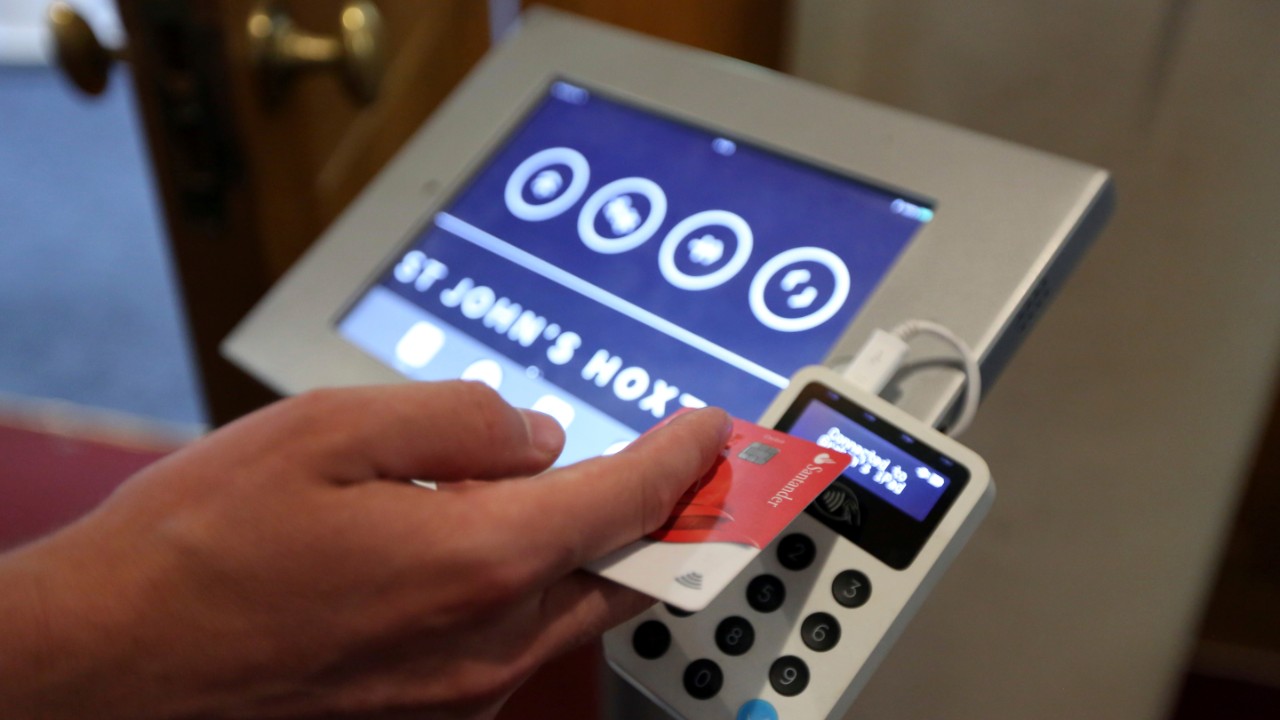01:41

On 4 June, a group of 76 scientists, observers and politicians held a Zoom meeting to discuss the UK's fight against the spread of COVID-19. This was the 40th meeting of the Scientific Advisory Group for Emergencies (SAGE), which advises government decision-makers in times of crisis.
Freshly released documents show that on the agenda that day was a list of "mitigating measures" in a paper prepared by the Environmental and Modelling Group. Each of the 39 suggestions was graded for efficacy (theoretical performance), effectiveness (real-world performance) and confidence in the quantity and quality of evidence; split into five categories – Elimination, Substitution, Engineering, Administration and Personal Protection – the suggestions range from the obvious to the curious.
From the high-tech to the old-fashioned
Many of them have been implemented to various degrees across Europe and the world: we are all now accustomed to the increased prevalence of hand sanitizers, the concept of two-meter distancing and, of course, the very first two suggestions on the list: "prevent the presence of an infectious person in the environment," also known as quarantining, and "remove the use of a particular environment" – aka lockdown.
As you might expect, some suggestions are high-tech. They include implementing remote replacements for face-to-face interactions (such as online shopping), along with recommending the use of no-touch technologies, such as automatic doors and contactless payments, to reduce the transmission via fomites (inanimate objects such as door-handles and, indeed, cash).
On the other hand, some sound more like the suggestions of welfare operatives investigating 19th-century poverty and labor conditions, including "increased fresh air ventilation rate for poorly ventilated spaces," "enhanced sunlight in buildings," "good maintenance of sanitation/drainage systems" and even "propping open internal doors to enhance airflow."

St John's Church in Hoxton, London now allows people to donate money via a contactless card reader. /Robert Stevens/AP Photo
St John's Church in Hoxton, London now allows people to donate money via a contactless card reader. /Robert Stevens/AP Photo
Al fresco offices – but no singing, please
Although SAGE endorsed the findings and agreed to circulate them, some suggestions are yet to be widely implemented. One is to "change work patterns to work in a cohort," reasoning that this division of the population would inhibit the viral spread; although some schools have returned in phased groups, not many workplaces have yet been divided along similar lines.
If that sounds disruptive, consider the very next suggestion – "Move to outdoor working." The report notes "very few reports of transmission of SARS-CoV-2 in outdoor environments," explaining that surface contamination is likely to decay more quickly outdoors, while aerosol is "more effectively dispersed." Even so, it acknowledges that such a move is "weather and role dependent": we might not yet be hauling the computers and filing cabinets outside just yet.
Another suggestion yet to reach the mainstream is the restriction of "loud" activities ("e.g. reduce talking time, no singing"). The theory here is that "louder activities produce higher numbers of aerosols and droplets, which could lead to higher viral emission rates. Activities increase breathing rate, which could increase exposure."
Although the report cites "high rates of transmission reported in several choirs and religious groups," it acknowledges "a significant lack of evidence in this area" and suggests this "research gap ... would be important to address for opening up musical activities, including the importance of wind and brass instruments."

UK science advisers warned that brass musical instruments can spread the virus that causes COVID-19. /Petros Giannakouris/AP Photo
UK science advisers warned that brass musical instruments can spread the virus that causes COVID-19. /Petros Giannakouris/AP Photo
While this may seem outlandish, it is perhaps worth noting that preliminary plans to allow football fans back into Dutch stadiums from September have included the stipulation that there be no singing or chanting, the better to reduce the risk of aerosol contamination overcoming the suggested 1.5-meter gap between supporters. And in the UK, some churchgoers have been told that humming along with hymns is allowed, but not singing them.
Finally, the report touches on the most private and personal matter of all: what we do behind the toilet door. Noting that "there is evidence for reduction in aerosol plumes by closing toilet lid before flushing," the report suggests a spatial reorganization to enforce best practice: "Place the flush behind the toilet seat so that users need to put the seat down to use the flush."
The list in full
The full list of suggestions considered and endorsed by SAGE on 4 June is as follows:
ELIMINATION
1. Prevent the presence of an infectious person in the environment
2. Remove the use of a particular environment
SUBSTITUTION
3. Reduction of time spent in an environment
4. Change work patterns to work in a cohort
5. Move to outdoor working
6. Changes to restrict "loud" activities (e.g. reduce talking time, no singing)
7. Technology to replace face-to- face interactions
ENGINEERING
8. Antimicrobial surfaces
9. No-touch technologies
10. Provision of new hand wash stations
11. Screens/partitions
12. Increased fresh air ventilation rate for poorly ventilated spaces
13. Change to room air distribution patterns
14. Application of room-scale air cleaning/UV devices
15. Installation of local exhaust systems or local air cleaning devices
16. Propping open internal doors to enhance airflow
17. Personalized ventilation systems
18. Use of UV/HPV decontamination
19. Good maintenance of sanitation/drainage systems
20. Enhanced sunlight in buildings
ADMINISTRATION
21: Frequency of high-touch surface cleaning
22: Frequency of general room surface cleaning
23: Training on quality and effectiveness of cleaning
24: Provision of hand sanitizer
25: Replacement of jet dryers with paper towels
26: Avoid sharing equipment (e.g. IT, hot-desking)
27: Management of waste
28: Hygiene behaviors in bathrooms (e.g put the toilet lid down before flushing)
29: Changes to touch behaviors (e.g. education programs)
30: Lower density of occupants
31: Maintain 2-meter distancing
32: One-way systems for moving through spaces
33: Orientation of people
PERSONAL PROTECTION
34: Respirator (N95/FFP3) face masks
35: Surgical face masks
36: Face coverings
37: Gloves
38: Protective clothing (personal protective equipment)
39: Face shields/goggles
Check out The Pandemic Playbook, CGTN Europe's major investigation into the lessons learned from COVID-19.